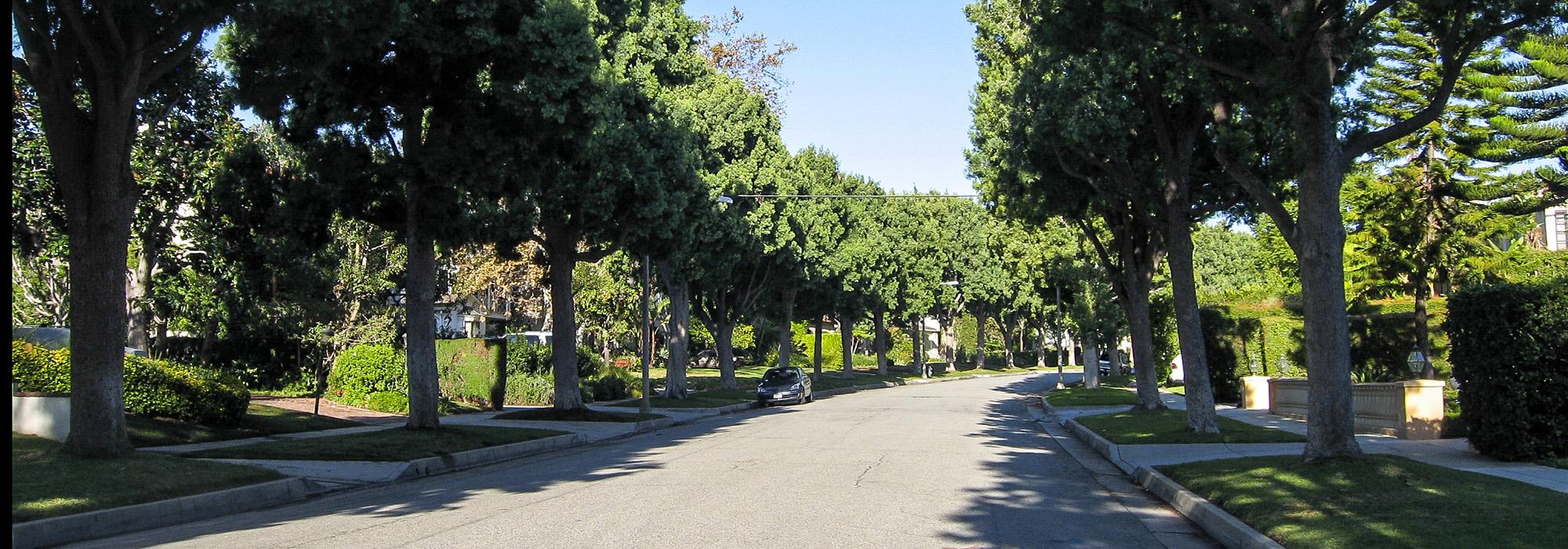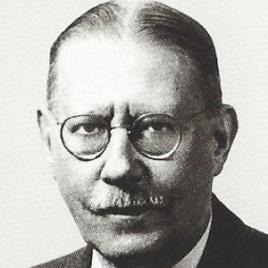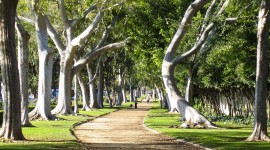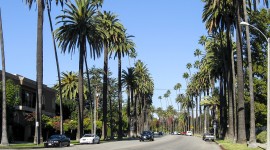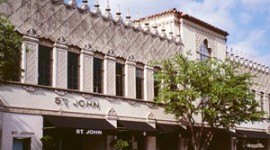Pioneer Information
Born in Atlanta, Georgia, Cook began his career in Boston, Massachusetts in 1889 as a clerk for the Samuel Walker Oil Company. In 1892 Cook joined Olmsted Brothers’ office in Brookline and soon became involved in work on the 1893 Columbian Exposition in Chicago. He remained with Olmsted Brothers until 1905, working on numerous projects including the park systems of Chicago and Boston and the Palos Verdes Estates in California.
Cook worked briefly in the Boston office of former Olmsted employee Warren Manning before moving to California in 1905. After a year in Northern California, Cook moved to Southern California in 1906, establishing a strong involvement in the planning and development of that region, beginning with the layout of the Beverly Hills community, executed on behalf of the Rodeo Land and Water Company in 1906. Much of Beverly Hills’ iconic character, including it’s tree-lined, gently curved roadways and generously sized lots with deep setbacks, were designed by Cook. His neighborhood plan also included a three-block park on Santa Monica Boulevard (later expanded to become Beverly Gardens Park), located directly across from the Pacific Electric Railroad station (for which Cook also created planting plans). In 1911, Cook was responsible for the planting plans for the new Beverly Hills Hotel, designed by architect Elmer Grey, as well as the Sunset Municipal Park across Sunset Boulevard (now Will Rogers Park). Cook was also responsible for the landscape design of Exposition Park in Los Angeles and designs for the 1915 Panama-California Exposition in San Diego’s Balboa Park, along with the landscapes of several private estates throughout Southern California.
He continued to take projects throughout the country, including the 1908 plan for the Highland Park community near Dallas, Texas. In 1920 Cook and landscape architect George D. Hall formed a partnership, with Ralph Cornell joining to form Cook, Hall, & Cornell in 1924. A pioneering city and town planner, Cook was influenced by Washington, D.C.’s L’Enfant plan and his experience with the Columbian Exposition in Chicago, favoring wide, Picturesque parkways and interconnected park systems. Cook was an active member of the American Society of Landscape Architects and a prolific writer. He died in California in 1938.



